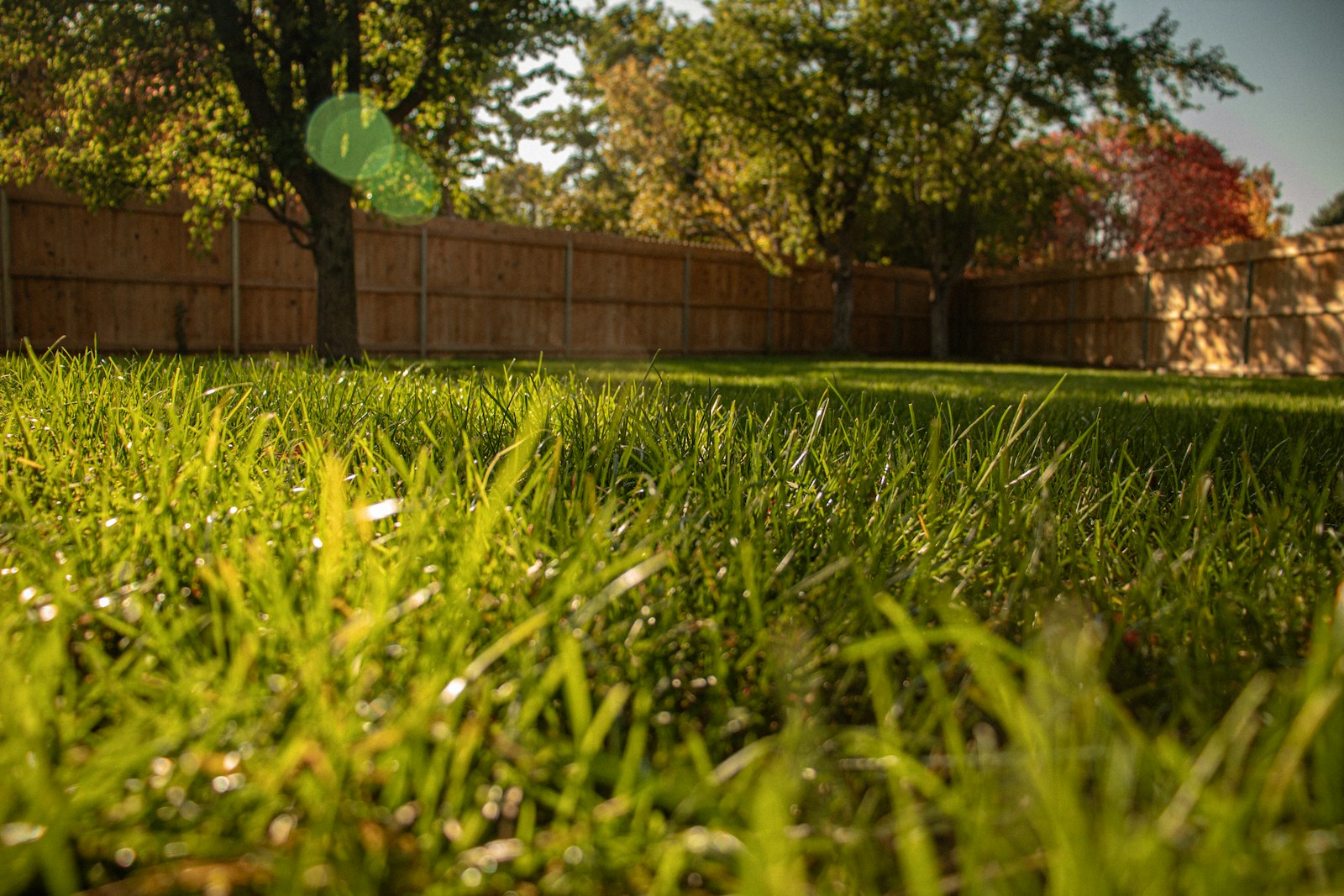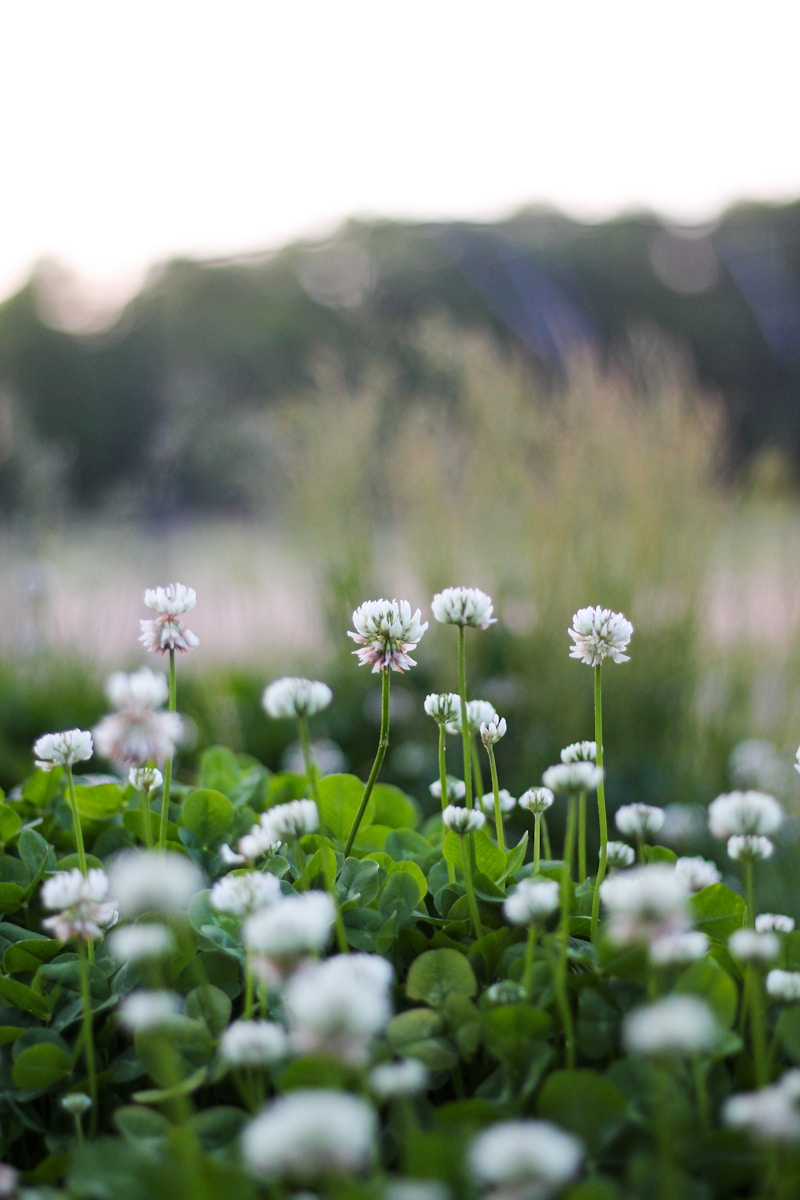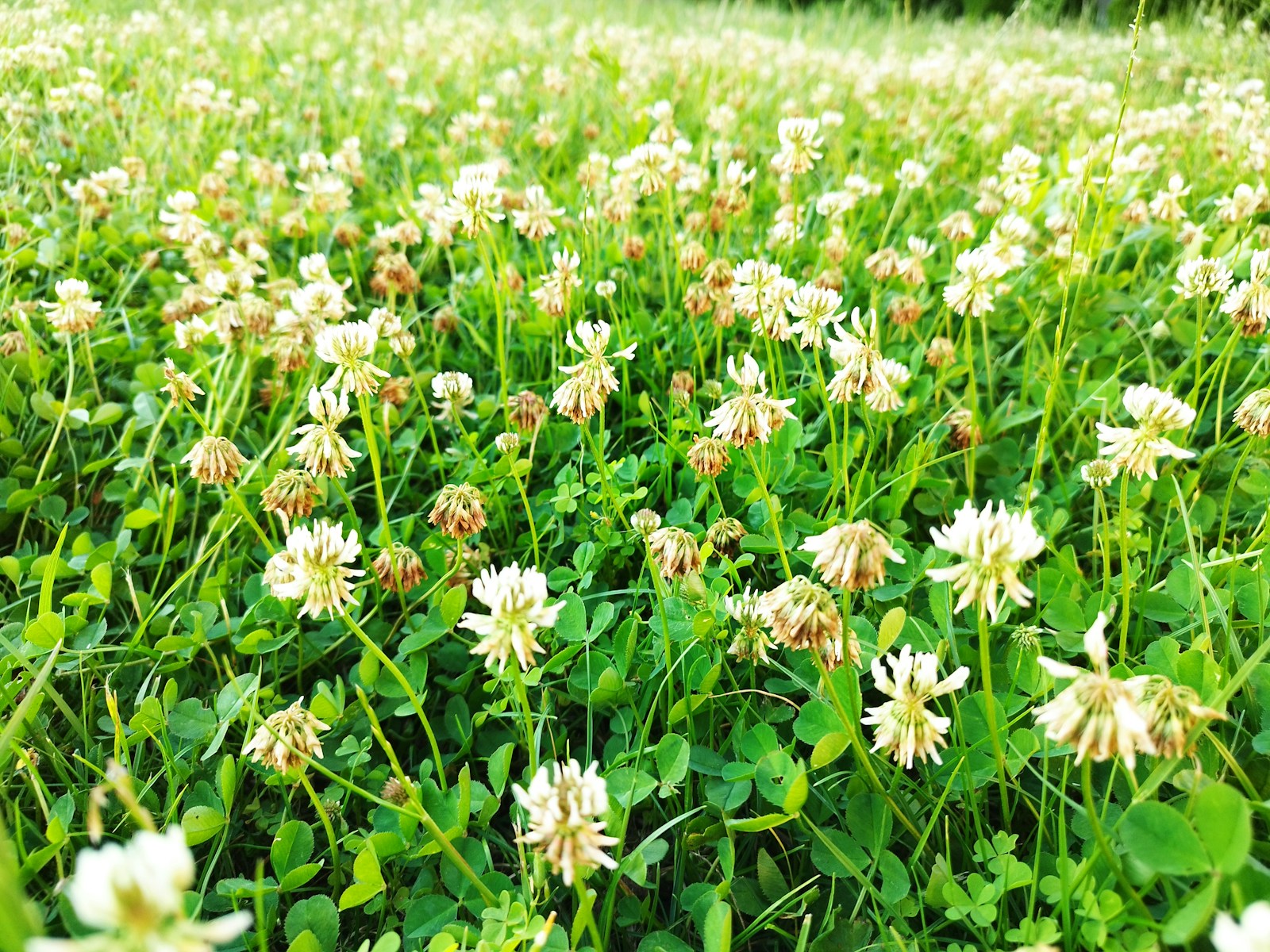Dear Seasoned Spade,
My neighbor swears by Milorganite. Is it the be-all, end-all fertilizer, or just another garden trend I can ignore?
Fertilizer Fanatic from Michigan
Dear Fanatic,
Ah, the neighbor with the green thumb. We’ve all got one of those—full of unsolicited advice and a knack for making us feel like we’re single-handedly destroying the planet with our “inferior” gardening techniques. But here’s the thing: Milorganite, the fertilizer in question, is definitely worth talking about. Is it the Holy Grail of garden amendments? Eh, let’s pump the brakes a bit. But, in the world of fertilizers, it’s like that one friend who always shows up to the party with the best snacks—trustworthy, reliable, and occasionally life-changing.
Fertilizer Frustrations: When You’re Just Trying to Keep Your Plants Alive
Let’s be honest. We all want that magical solution that makes our plants grow like they’ve been hit with a nuclear dose of sunshine, right? Yet, there’s always that one product everyone raves about, promising to be the garden game-changer. But once you get your hands on it, it’s just a bottle of liquid disappointment. Or worse—it smells like something that was abandoned in the bottom of a compost heap. Milorganite, though? It’s a solid contender. Sure, your neighbor might make it sound like it’s the fertilizer equivalent of finding the last roll of toilet paper at Costco, but let’s break it down before you buy into the hype.
So, What’s the Deal with Milorganite?
Milorganite is a slow-release, nitrogen-based organic fertilizer made from treated biosolids—yep, you read that right. It’s the byproduct of wastewater treatment (don’t worry, it’s been thoroughly processed and deemed safe for use). It’s been around since the 1920s, and over the decades, it’s built a loyal following of gardeners who swear by its ability to improve soil health and support plant growth.
The key to Milorganite’s effectiveness lies in its slow-release formula. Unlike synthetic fertilizers that give your plants a quick boost, Milorganite works more subtly, feeding plants over time. It’s rich in nitrogen (the “N” in the ever-popular N-P-K), which helps plants grow lush and green, but it also contains phosphorus and iron. It’s perfect for lawns, shrubs, flowers, and vegetables.
But here’s where it gets tricky: While Milorganite is fantastic for improving soil health, it’s not a one-size-fits-all miracle worker. Some plants are picky eaters. If you’re dealing with acid-loving plants like azaleas or blueberries, Milorganite may not be the best fit. It’s not acidic enough for them, and your plants will give you the silent treatment (which, let’s face it, is the worst type of plant behavior).
Another thing—don’t fall for the myth that you can just toss it down and forget about it. Just like your Netflix subscription, Milorganite needs a little bit of attention now and then. Keep in mind that slow-release fertilizers take time to work, so if you’re expecting a garden transformation overnight, you might be disappointed. But if you’re patient, you’ll be rewarded with lush, healthy plants—eventually.
Tips for Using Milorganite Like a Pro
If you’re ready to give Milorganite a whirl, here’s the rundown on how to use it like a seasoned gardener (and maybe impress that neighbor with your newfound expertise).
- Soil Prep is Key: Make sure your soil isn’t already packed with nutrients—Milorganite works best when there’s room for it to slowly release its goodies. If your soil is already overly enriched, Milorganite might just be an overachiever, and your plants might not need all the extra love.
- Don’t Overdo It: More doesn’t always mean better. Follow the instructions (yes, even if they seem too simple to be true). Over-fertilizing is like overfeeding your dog—eventually, things will get a little out of hand. A little goes a long way with Milorganite.
- Timing is Everything: Apply it at the right time. Ideally, you want to apply it in the spring when your plants are waking up from their winter nap, and again in the fall as they start winding down. A little seasonal love never hurt anyone.
- Patience is a Virtue: Don’t expect immediate results. If your garden isn’t suddenly thriving after a week, take a deep breath. It’s not a race, it’s a marathon. A slow-release marathon.
Keep Going, You’re On the Right Track
You’ve got this. Don’t let the magic fertilizer hype discourage you from experimenting and finding what works best for your garden. If Milorganite isn’t your golden ticket, there’s always next season—and a dozen other products out there. But in the meantime, relax, enjoy the process, and keep nurturing those plants (and your own garden knowledge). The green thumb is within your reach. Just take it one plant at a time—and remember, even the most seasoned gardeners have their occasional flop.
Seasonedly yours,
The Seasoned Spade



